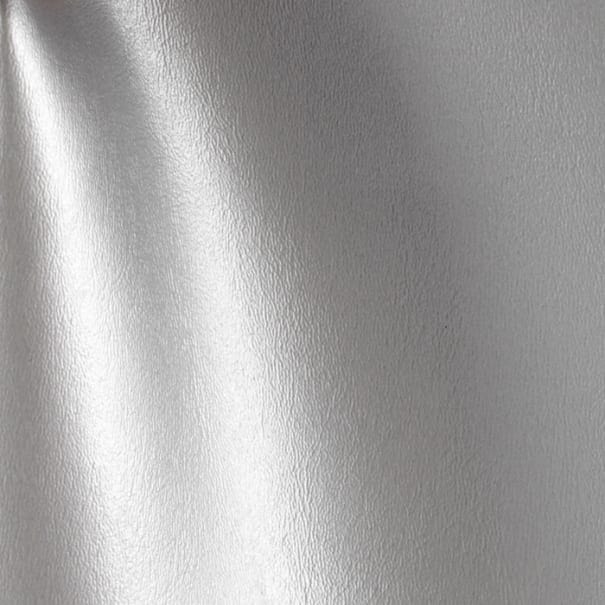DIY Guide to Installing Floor Tile
Here at Oasis Tile, we not only carry a large selection of many popular styles of floor tiles, but we also help out our customers by giving them the best advice when it comes to floor installation. Whether it's customers who have opted for peel-and-stick tiles or floor tiles that will require adhesives, underlayment, and grout, our team is always eager to share tips that have come from many years of experience. If you are preparing for a DIY project and have questions about flooring tiles installation costs and other aspects of installing tile floor, here is our Oasis Tile floor tile installation guide.
Gather Your Tools and Materials
Like any other project, your first step with flooring tiles installation is to gather together the tools and materials you will need for the job. First will be your underlayment, of which cement board or backer board are the most common. Underlayment is what you will put on the substrate, which is the ground's surface. Usually, this is either plywood or cement. You'll also need adhesives and grout, and maybe a sealer. As for tools, expect to use trowels, buckets, sponges, tape, and a utility knife. Spacers will also be important, as will a cutting tool that may be either a wet saw or scoring snap cutter.

Clean the Floor Surface
Before you ever put down the first part of your underlayment, always make sure the floor's surface is very clean and dry. To do so, wipe it over with a wet sponge, then allow it to dry naturally or use a hair dryer to speed things up. As a final touch, sweep it or vacuum it to gather up any dust or dirt that may still linger.
Have a Plan
If you have no prior experience installing tile floors, don't rush into the job. Instead, take the time to create a plan for your project. If you don't, you may find yourself making a critical mistake. For many DIYers, one of the most common when installing floor tile is starting on the outskirts of a room and working in towards the center of the room, which is actually the opposite of what you should do on this project. For best results, lay out the tile within the room first, which will give you a good idea of where you will need to make cuts or other adjustments.
Measure Twice, Cut Once
A common principle used by the very best flooring contractors, we can't stress enough how important it will be for you to measure twice as you proceed with your floor tile installation. By doing so, you will save yourself from making plenty of unnecessary mistakes. To play it safe, we always recommend our customers to buy one extra box of tiles for any projects. Even with the best flooring contractors, unexpected things can arise, and mistakes can still happen now and then.
Open Time and Cure Time
Since the thinset is responsible for keeping your tile adhered to the floor, it's important you know about open time and cure time. Open time refers to how much time you'll have to use the thinset before it hardens, which is typically between 30-45 minutes. Since you have a short window of time, it's important to not mix the thinset until you are ready to apply it to the floor's surface. As for cure time, this is the amount of time it will take the thinset to set up once installed, and will vary based on the type used.
Firm and Even Pressure
When you have taken a deep breath and are ready to start placing your tile on the floor, remember to apply firm and even pressure as you place each tile into the thinset. Don't be afraid to move it back and forth as needed, and also use your spacers. Just as their name implies, spacers are put in between your tiles to help you maintain even gaps and grout lines as you install the tiles. If you don't make excellent use of your spacers, you'll have crooked tiles and a very uneven look to your floor once it's done.
The Importance of Grouting
As you install floor tiles, grout will be important for many reasons. First, it will give you a very nice colored line between your tiles. But more importantly, it will let your tile have a stronger bond to its surface. Finally, grout prevents your floor tile from chipping and cracking as your home settles over the course of time. Should you be using natural stone tiles in your home, we recommend you apply a stone sealer before you begin grouting. Once you're done grouting, expect a haze to form on the tile surface. To remove it, let the grout set up for a few hours, then use a sponge that is nearly dry to simply wipe off the haze.

Budget for the Cost
Of course, we cannot stress enough just how much time you should spend on budgeting for your flooring installation. Along with buying the tile itself, factor in your materials and tools, since these costs can add up quickly. Also, remember that if you hire a flooring contractor to do the job, labor costs may be extensive, especially if you have a large room or want a floor that is very customized. Should you hire a tiling pro, expect this to add up to $10 per square-foot to the total cost. For a typical room of 150 square-feet, expect to pay just over $1,000 if you do the job yourself, or perhaps $2,000 or more if you get a professional installation.
The Oasis Tile Selection
Instead of spending hours on end trying to find the tiles you need for your bathroom, kitchen, or other parts of your home, pay a visit to Oasis Tile and look over the large selection of tiles available online. Whether you have a small project or one that is very extensive, you'll find everything you need to create a beautiful floor.


























